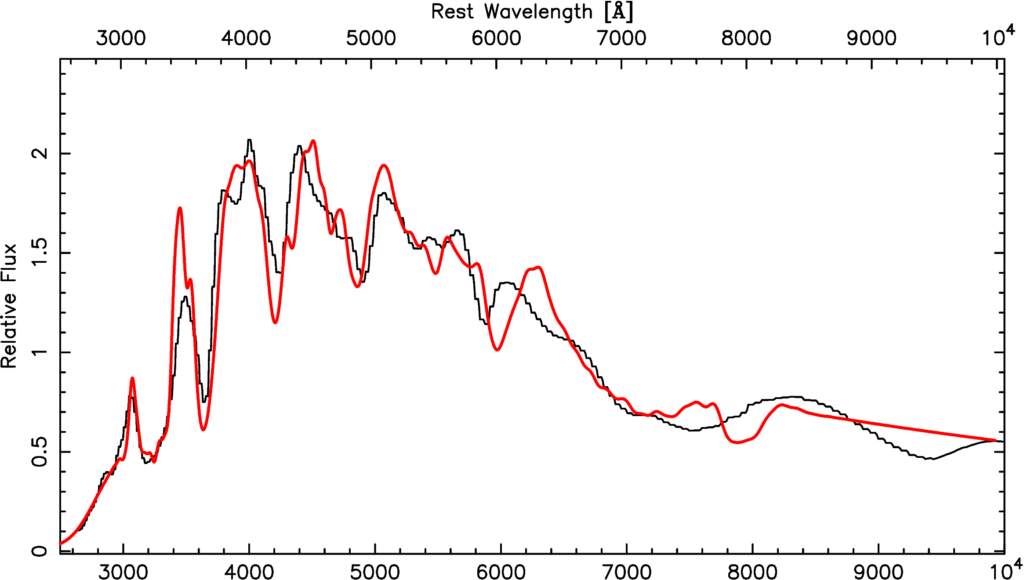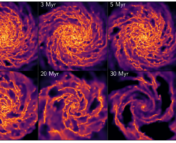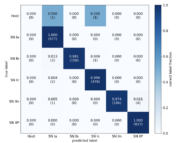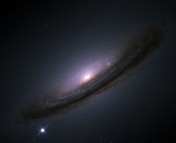The Undergraduate Research series is where we feature the research that you’re doing. If you are an undergraduate that took part in an REU or similar astro research project and would like to share this on Astrobites, please check out our submission page for more details. We would also love to hear about your more general research experience!

Mckenzie Ferrari
University of Massachusetts-Dartmouth
Mckenzie Ferrari is a senior undergraduate studying Physics at University of Massachusetts-Dartmouth. This research was completed primarily during her sophomore year under the supervision of her advisor Dr. Robert Fisher.
Astronomers have observed tens of thousands of supernovae. We know what their optical spectra—which act like a supernova’s unique fingerprint—look like, and yet we know very little about what leads to a supernova. There have historically been two main theories regarding the origin of supernovae. The first scenario, called the single-degenerate channel, consists of a dense, degenerate white dwarf gathering material from an orbiting non-degenerate star, like a red giant or late main-sequence star like our sun. The white dwarf eventually gathers enough material onto itself that it reaches the Chandrasekhar mass limit–which is roughly 1.4 times the mass of our Sun–and explodes. In this scenario, the remains of the secondary star would stay near the site of the supernova, but very few potential ex-companions have been found near observed supernovae.
The double-degenerate channel, however, has recently shown promise at matching existing observations. In this scenario, two low-mass white dwarfs gradually spiral toward each other until the less massive secondary star is ripped apart. The stars merge, with the material from the secondary forming a hot envelope around the primary. This hot envelope develops a magneto-rotational instability, which induces a magnetic field within the star. The presence of this magnetic field prevents the merged star from collapsing into a neutron star. As it accretes the envelope material, the white dwarf reaches the Chandrasekhar mass limit and explodes.
Our research suggests that the highly magnetized, near-Chandrasekhar mass white dwarf that develops from the double-degenerate channel produces a type Ia supernova. To match our theory to observation, we generated synthetic spectra for this near-Chandrasekhar mass model. We modeled the explosion of a near-Chandrasekhar mass white dwarf using thousands of tracer particles, which individually keep record of their velocities, energies, and other properties over time. We mapped the histories of these particles to the production of almost 500 different isotopes produced in supernova explosions. From these abundances, we then generated a synthetic spectrum of the supernova event. We compared our synthetic spectra to thousands of previously observed, real supernova events of all types. Not only is our model consistent with type Ia supernovae—which are important for cosmologists as cosmic distance indicators—but it matches particularly well with normal Ia events, the most prevalent subtype of type Ia supernovae. Our work was published in the Astrophysical Journal here.

Astrobite edited by: Macy Huston





Amazing!